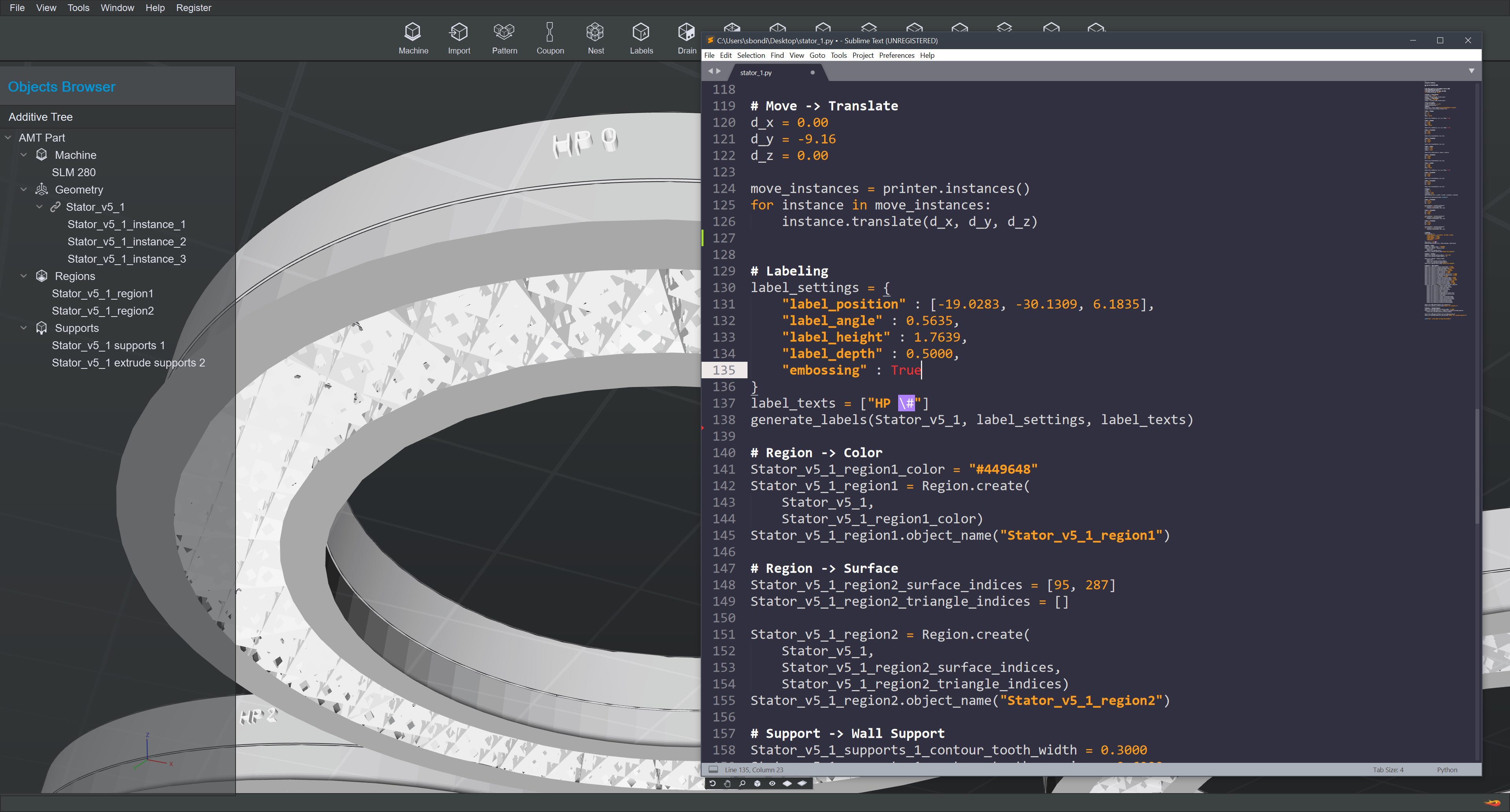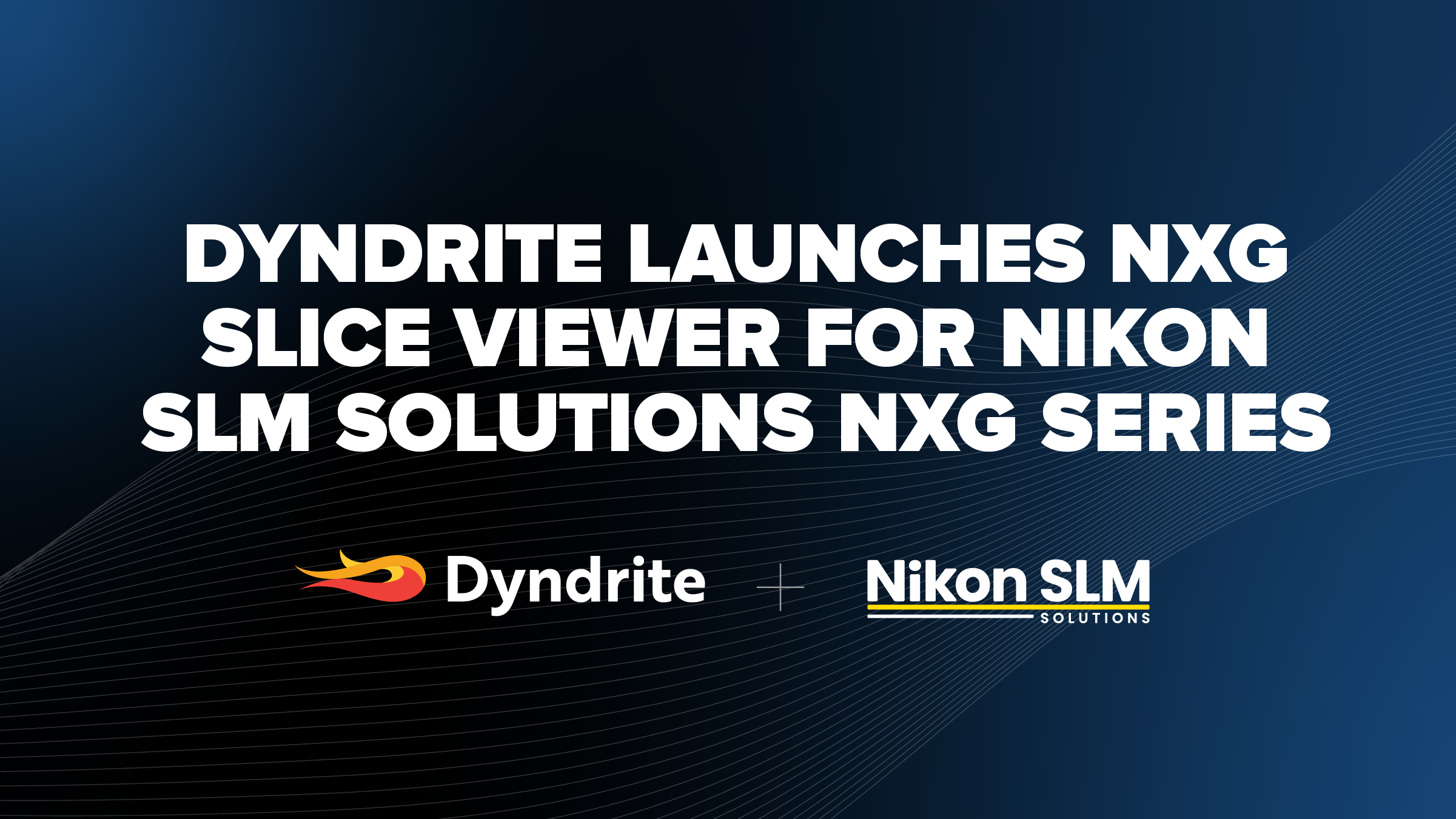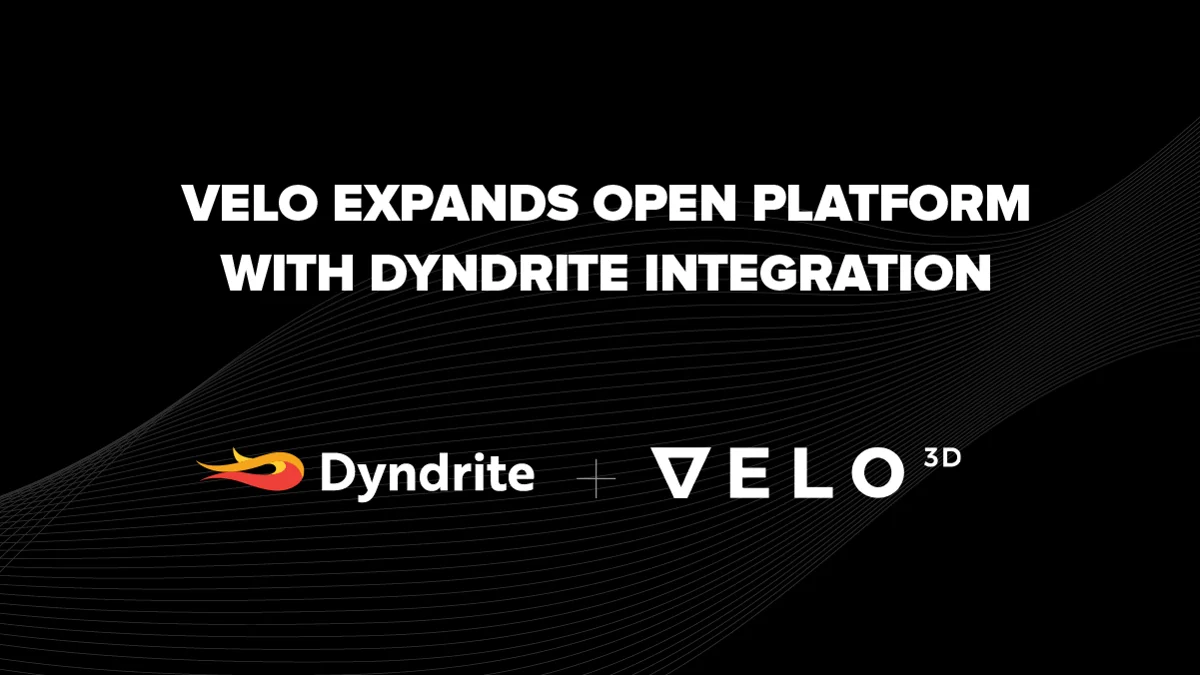Pillars To Production Success
There are two key pillars to production success: Traceability, and Repeatable Quality. Legacy AM has struggled to scale to production due to a number of issues with compliance with these two pillars.
Additive manufacturing can forever change how products are imagined, produced, and reach the customer. It’s time software enables repeatable, traceable, and scalable additive production.
There are two key pillars to production success: Traceability, and Repeatable Quality. Legacy AM has struggled to scale to production due to a number of issues with compliance with these two pillars.

Just about every part put into production requires some form of serialization or part marking to reconstruct life cycle from provenance. AM and its ability to make every individual part unique holds immense power in bringing new levels of traceability to manufacturers. Imagine the reduction in liability exposure of an automaker, and their ability to save millions of dollars in recall costs, as they individually identify the single failed electrical connector and trace it back to a specific lot/batch rather than issuing blanket recalls.
Unfortunately, today’s legacy AM software offers only crude, manual methods (if any) for adding traceability.
Dyndrite provides:
These three capabilities remove barriers and friction to traceability by automating once manual processes. To scale a production process to thousands, if not millions of parts, users cannot, for example, be expected to click and manually type numbers into a dialog box, or use a simple CSV. Serializing parts must be a fast, flexible, and automated process. It must be taken into consideration starting from the design and integrated with a database, be it a spreadsheet or full-blown MES or ERP solution.
Manufacturers require processes that work job after job. Unfortunately, any AM technician today can attest to the variability of the process which makes repeatable quality extremely difficult or nearly impossible. The following are some examples of what technicians face:
Variable quality is a non-starter when considering production. Engineers and technicians need software tools that eliminate manual operations and file repair, address machine variability, while enabling automation through abstraction.


Build recipe-driven automation is a key enabler for achieving repeatable quality. Build recipes can be organized into building blocks used to drive Additive CAM workflows. Components can include key operations, API logic, and externally linked databases and resources. Users can string these building blocks together to form an end-to-end automated interactive GUI or a headless solution that follows your manufacturing methodology and business logic.
Dyndrite is the only additive manufacturing software on the planet that enables you to build a repeatable, traceable, automated additive manufacturing production line. Dyndrite provides a new foundation that helps you develop the repeatable quality required for production-scale workflows.
Put production power in your hands.
Dyndrite provides software that specifically overcomes barriers to traceability and repeatable quality:
Build Recipes
Dyndrite’s ability to automatically generate Python build scripts enables you to codify manufacturing rules, codify best practices, and make feature/part families that can be easily shared with others. Build recipies become a way to guarantee repeatable quality in such a complex process.
Native CAD
Why repair STLs when you can import the native CAD directly. No need to fix a problem that shouldn’t exist in the first place.
Labeling
Dyndrite offers the most sophisticated and automated labeling system available, providing the traceability required for manufacturing production.
Travelers/Reports/Database Integration
Generate the data necessary to track output and establish provenance.
Volumetric Segmentation
Use geometric queries to enable repeatability, and parametric abstraction. (Jetting, Photopolymerization, LPBF)
Toolpathing API
Software is needed to fully control toolpathing parameters to account for machine variability to improve part-build consistency and reduce variability.
The Dyndrite ADK provides the basis for creating unique automated additive manufacturing production lines that have traceability and repeatable quality as core tenets.



